How to soundproof a garden – 5 genius tricks for reducing unwanted sounds from noisy neighbors and building work
Create a peaceful retreat in your garden by ensuring you soundproof it effectively with these tips from our experts
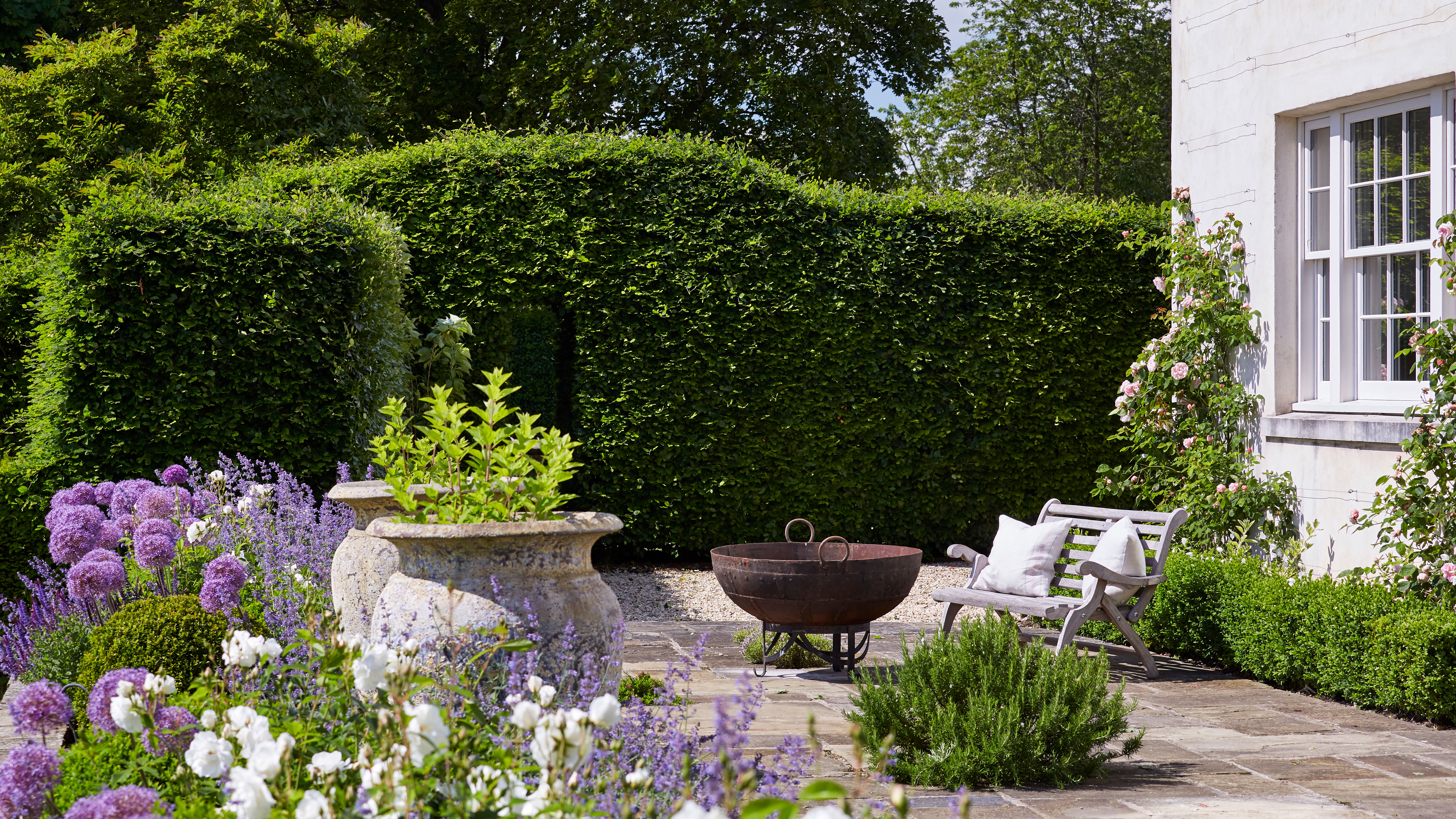

Soundproofing a garden should be high on your list of priorities if you want this multi-purpose space within your home to offer somewhere that is a pleasure to spend time in as well as adding value to your property.
If the noise leaking from next door is disturbing your precious time spent relaxing in the garden, there are remedies you can try to help 'turn the noise off'.
In order for a garden to be a success it needs to be carefully planned and designed – and one of the key aspects here is soundproofing.
It’s not just about keeping unwanted noise out of your garden, either – it’s also about limiting the transfer of noise from your garden to any neighboring properties so you (and your neighbor) can enjoy any outdoor spaces in peace and tranquillity.
With this in mind, we've listed the best ways to soundproof your garden, from easy quick fixes to methods you can put in place when planning a garden from start to finish.
5 ways to soundproof a garden
Whether you’re dealing with noisy traffic passing, surrounding building work or neighbors nearby, these five tricks can help to insulate your garden from external distractions.
1. Create a sound barrier with solid fencing
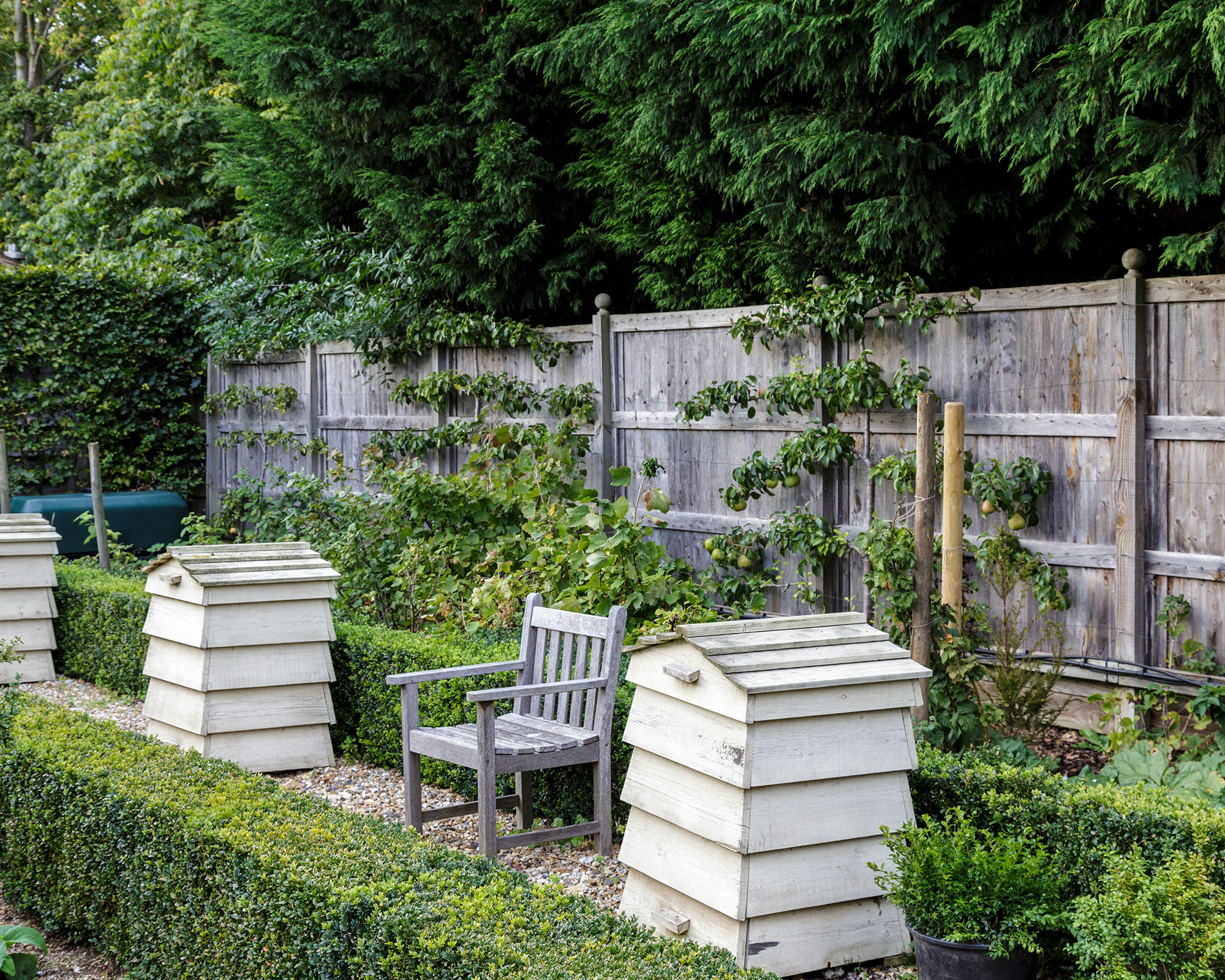
Adding a solid fence or wall around your garden is an obvious but effective way of soundproofing while adding some welcome garden privacy.
Design expertise in your inbox – from inspiring decorating ideas and beautiful celebrity homes to practical gardening advice and shopping round-ups.
Sound will always travel in the direction of least resistance, so a solid barrier such as a fence is much more effective than hedging (through which the noise can permeate).
A solid panel fence is a also fantastic option if you live in a busy neighborhood. These fences can be made of composite material, metal, or wood, and feature no gaps for sound to permeate. Composite and metal designs tend to be solid sheets – semi-solid designs may feature decorative stenciling. Wooden solid panel designs have overlapping feather-board or tongue-and-groove panels.
Also remember that, ideally, you want your soundproofing taller than the direct source of the intrusion.
In the US, fence height restrictions typically range from 3-4 feet in the front yard and 6-8 feet in the backyard. These regulations vary by local jurisdiction and are often influenced by homeowner associations (HOAs) and zoning laws, so do check before you install an expensive option.
2. Plant dense hedges
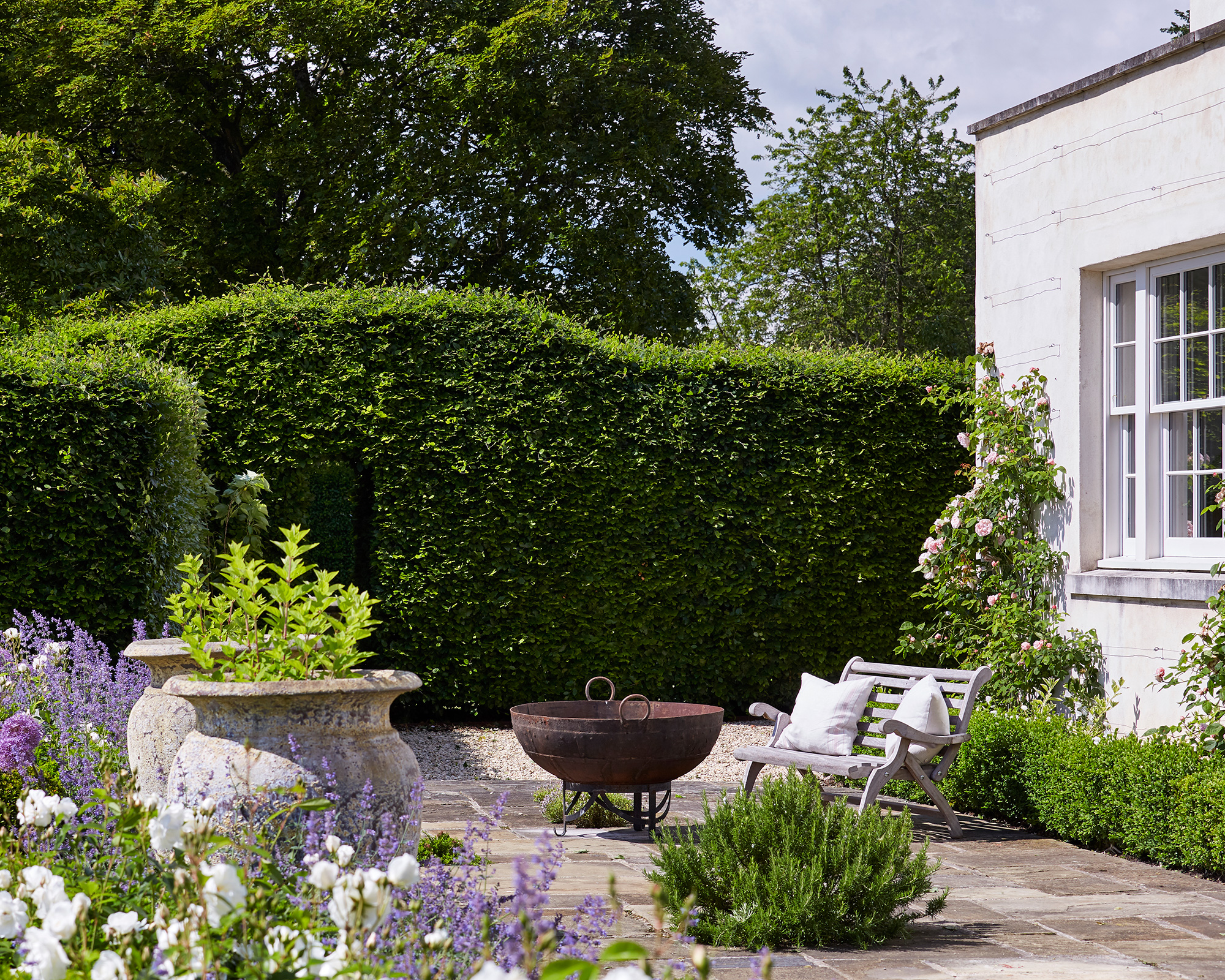
Hedging isn't as good as an acoustic or solid fence or wall, but it is certainly a far more attractive option.
Hedges play an invaluable role in garden design. Within a garden, the humble hedge can have a multitude of functions. They provide privacy, screen off unsightly areas and muffle noise while hedging plants that form dense, prickly structures can also add a degree of security.
When it comes to design, they play a vital role: you can use hedges to divide your space into different garden 'rooms': taller ones will help to drown out any neighboring noise, as well as aiding garden shade, privacy, and planting for security.
Introducing dense shrubbery such as ivy and boxwood hedges alongside walls and fencing is great for helping to muffle unwanted sounds.
It is also worth investing in intruder-proof hedge plants that can also soften noise. Juniper is an excellent all-round choice. ‘Junipers make effective boundary hedges,’ says landscape designer Amber Freda. ‘They have prickly foliage which can be irritating to the skin – discouraging unwelcome guests from getting too close to your home.’
3. Grow a living wall
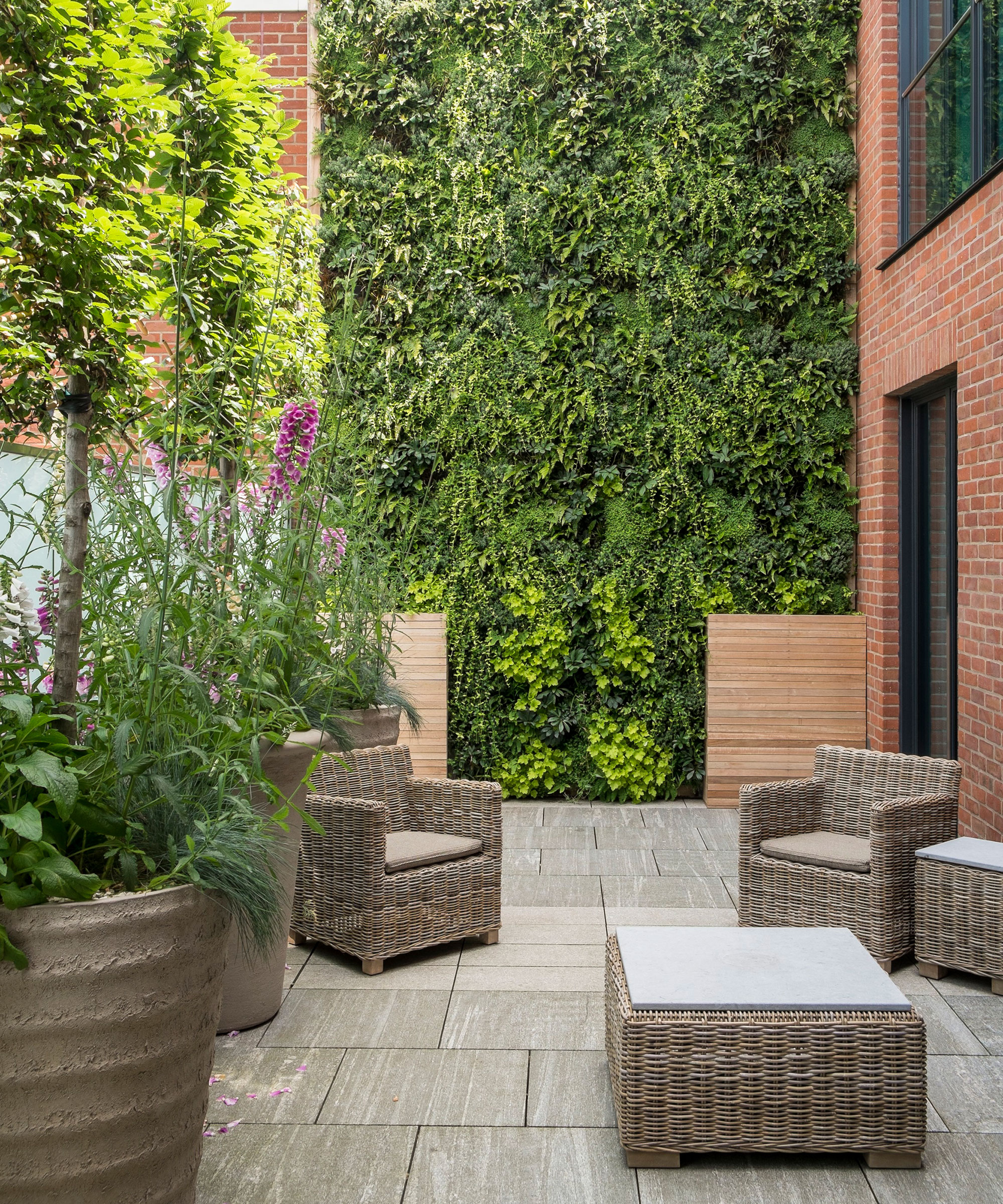
Busy, city gardens are when soundproofing will be most needed. In these overlooked spaces, brand-new solid fencing and tall hedging might not always be an option. Instead, a living wall could be a surprising godsend.
Luxuriant and dramatic, efficient living wall ideas also help to soundproof gardens, insulate buildings, improve air quality, and attract birds and insects to urban environments.
In a similar vein to insulating interior walls, planting on an exterior wall can work in the same way. It prevents noise transfer between your garden and other neighboring plots, ensuring privacy and reducing disturbances. It can also help to minimize external noise from traffic and even the weather.
Be creative and experimental. Try including scented plants, seasonal flowers, and bulbs, but check your chosen plants will suit the aspect, microclimate, and conditions of your living wall. Remember, regular maintenance will be needed to ensure the structural integrity of your wall stays intact.
4. Install a water feature
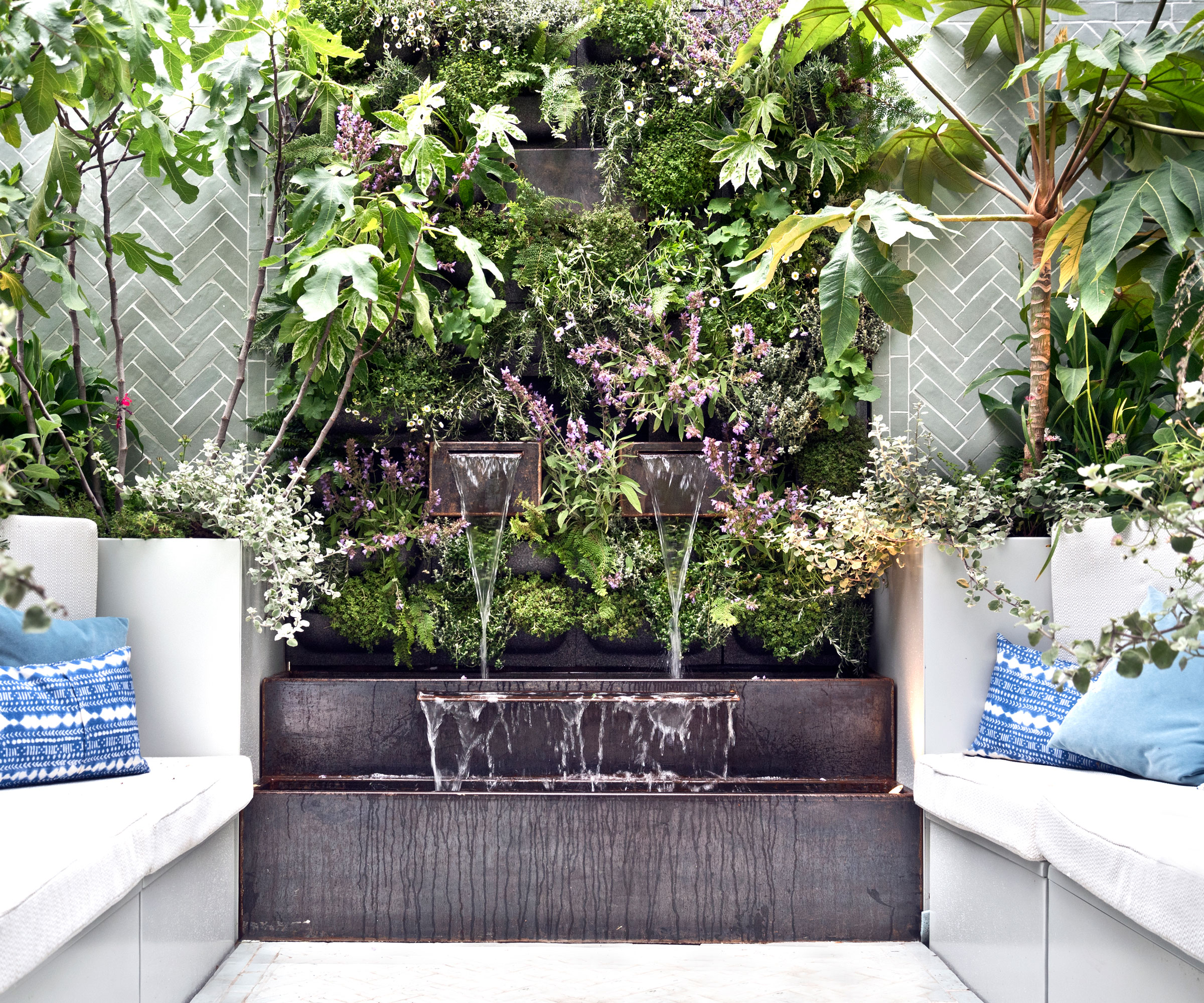
Realistically, it's not possible to completely soundproof your outside space, but there is one way to minimize the impact and make your garden a more relaxing, therapeutic place to spend time in.
Good water feature ideas are worth their weight in gold. The addition of water adds to the sensory experience of a garden, altering the mood or bringing life and movement to even the smallest space. It can also act as a way to invite the gentle, soothing noise of running water.
Fountains are excellent options for soundproofing a garden. These make dynamic water features and there is a plethora of designs available, with effects ranging from soothing to energizing. ‘The sound of water contributes greatly to the atmosphere it creates,’ says garden designer Helen Elks-Smith.
If you have the space, a waterfall is a great choice. Waterfalls are a sensory delight and can be as simple or as complex as you wish. Location, size, and maintenance should be considered at the outset. As well as the cascading structure for the waterfall itself, you need to plan the pool into which the water flows. ‘It is best to work with both a designer and a water specialist or good landscaper, depending on the scale of the water feature,’ advises award-winning garden designer, Rosemary Coldstream.
For maximum effect, place the water feature near where you’ll spend most of your time, rather than at the far end of the garden.
5. Design a sunken garden

A blast from the past, lowered spaces provide the ultimate lounge experience to modern gardens.
A popular addition to living rooms, sunken seating, also commonly known as 'conversation pits' was a hallmark of mid-century modern interiors in the United States when entertaining at home was at an all-time high.
Often located within a living room, they were built below the floor, a few steps down, and lined with built-in seating. However, today’s architects and landscape designers are slowly starting to embrace the feature in entertainment gardens to help contain noise, as well as silence surrounding noise.
When you step down into the space, your garden boundaries, such as fences, stone walls, and hedge planting, become relatively higher, helping to shield you from noise. The sound travels over the sunken area rather than directly through it.
Shop garden soundproofing essentials
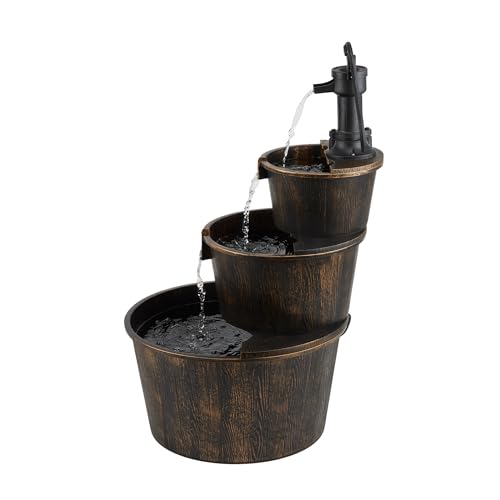
This rustic water fountain is a best-seller and will make a gorgeous addition to any garden. The sound of splashes and trickles will help to soften any neighboring noises, allowing you to spend more time in nature.

The timeless appeal of a wood fire goes ultra-modern with this smokeless fire pit – perfect for a sunken garden or patio. The unique 360-degree airflow superheats the air to burn off smoke so everyone can enjoy the elemental beauty, warmth, and crackling sounds of a fire without dealing with smoke in their face.
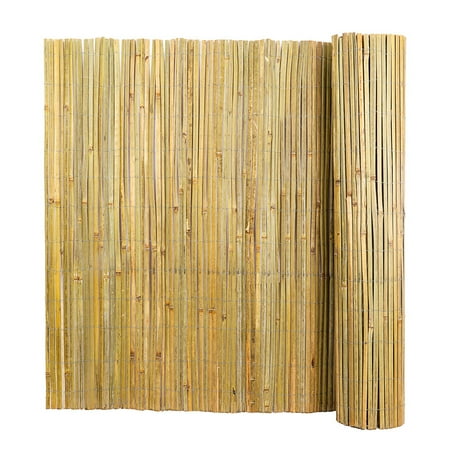
Bamboo is suitable for creating informal partitions between different areas, or party veiling a section of the garden. This is ideal if you have a large family from different generations and want to muffle the sound between each 'zone'. It is also cost-effective and doesn't require any complicated setup or maintenance.
The above techniques certainly helped me reduce the noise in my garden, but if you want a left-field option, these Wind Chimes from Amazon, will help to drown out any additional noise, and they come highly-rated.

Jennifer is the Digital Editor at Homes & Gardens, bringing years of interiors experience across the US and UK. She has worked with leading publications, blending expertise in PR, marketing, social media, commercial strategy, and e-commerce. Jennifer has covered every corner of the home – curating projects from top interior designers, sourcing celebrity properties, reviewing appliances, and delivering timely news. Now, she channels her digital skills into shaping the world’s leading interiors website.
You must confirm your public display name before commenting
Please logout and then login again, you will then be prompted to enter your display name.